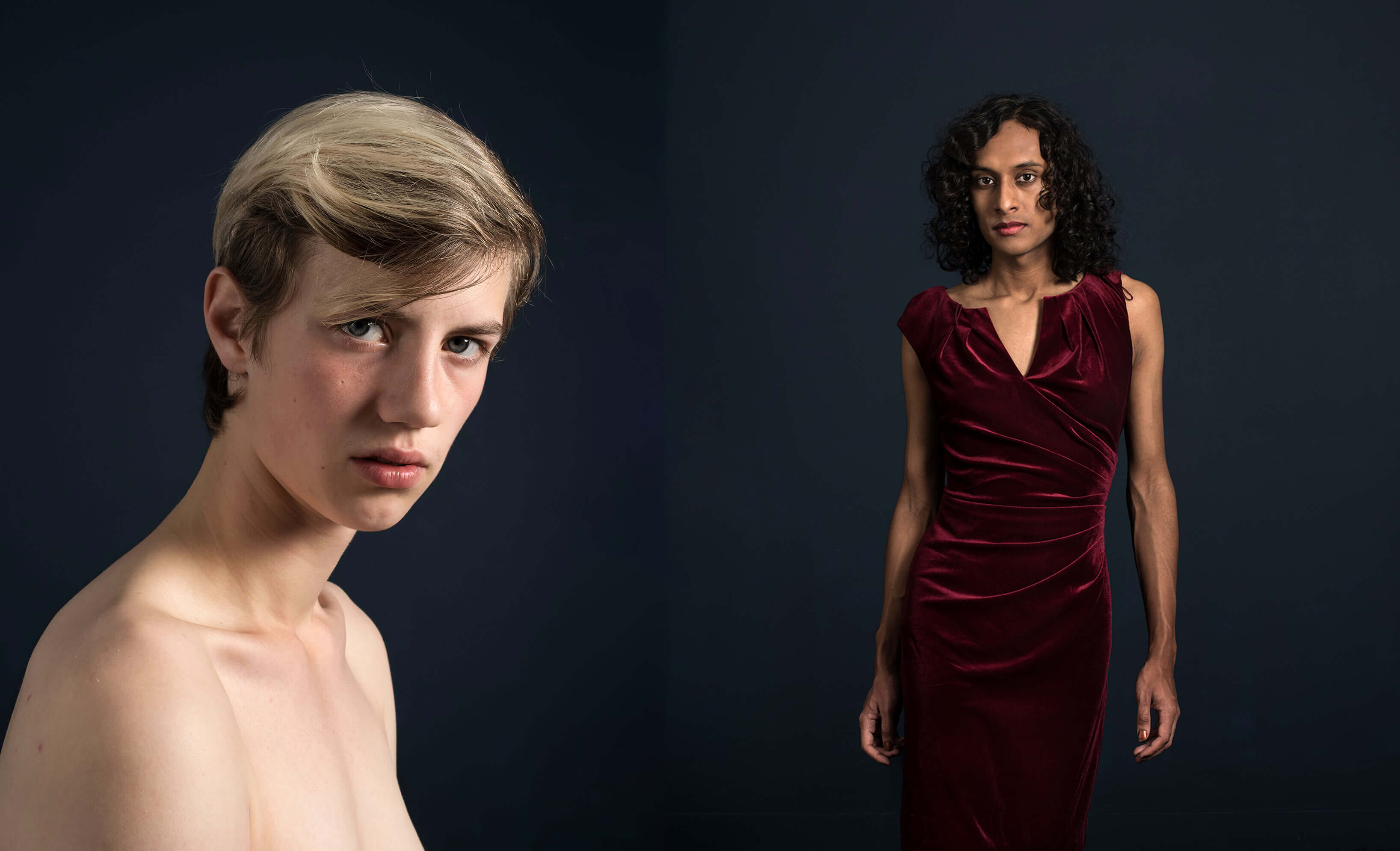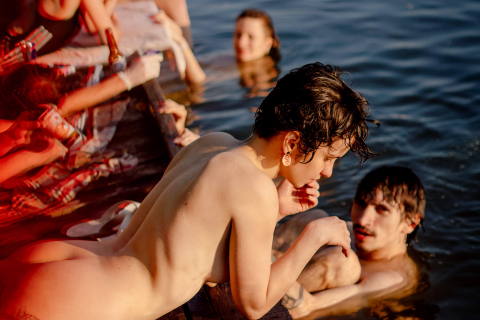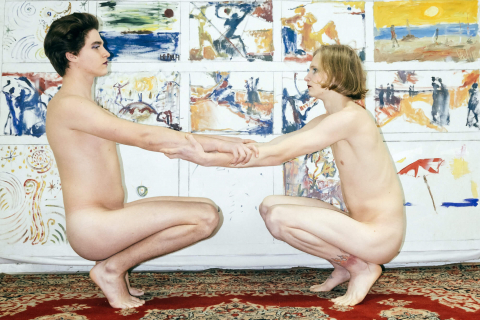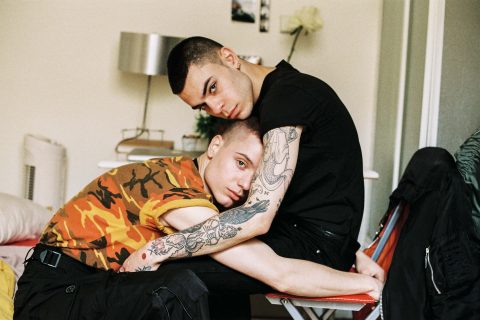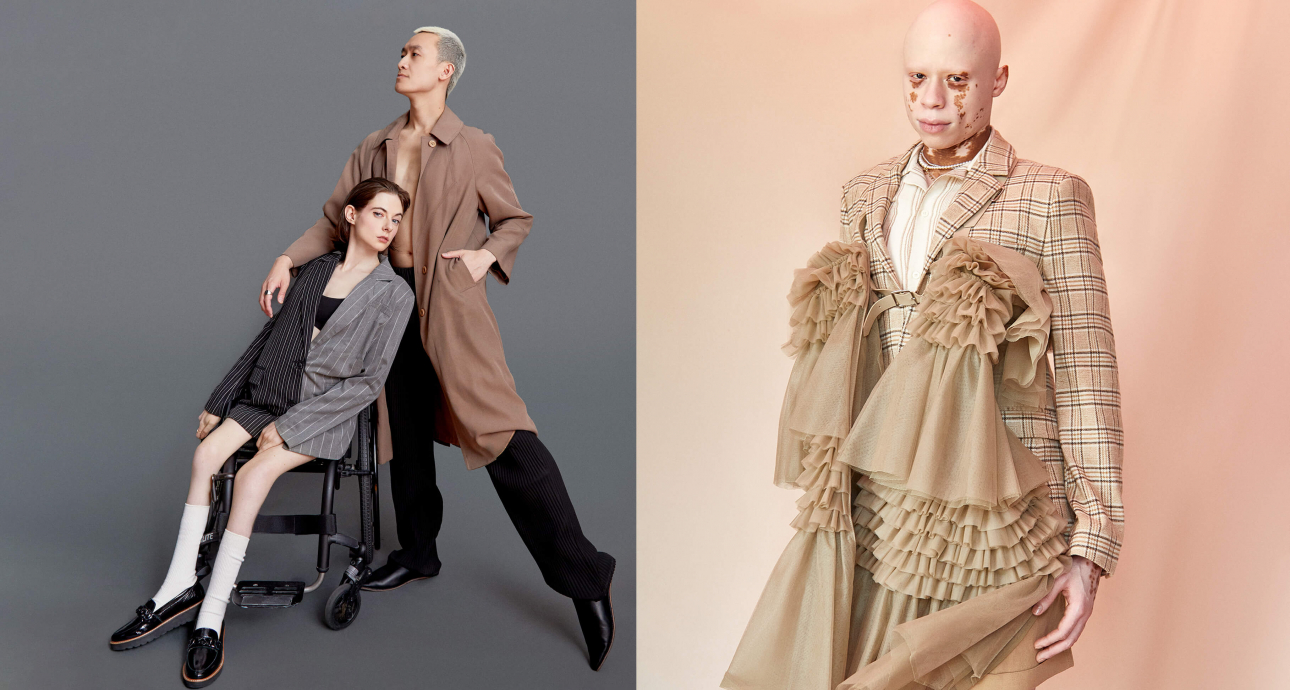
The Beauty of Imperfection: Sophie Kietzmann’s Portfolio
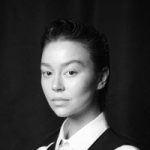
A Berlin born, Brussels raised, gender fluid, queer photographer that currently resides and creates in New York City. They were working with such brands as Vogue, Glamour, and Yves Saint Lauraunt among others.
— Right away, I was really interested in photographing people more than anything else. I found that they had so much depth to them and so many different facets to capture, even more than landscapes or anything besides that. And it’s not changed yet!
My photography path was pretty continuous. I don’t know if it was since I was seven, but ever since I picked photography as a true hobby and as a career, I think the longest time I was off the photography was probably 5 weeks. I definitely go through phases where my focus is a little bit elsewhere, but it is always at the back of my mind. When I go through a certain period without doing any photography I start craving it, I start missing it and always get back to it so far.
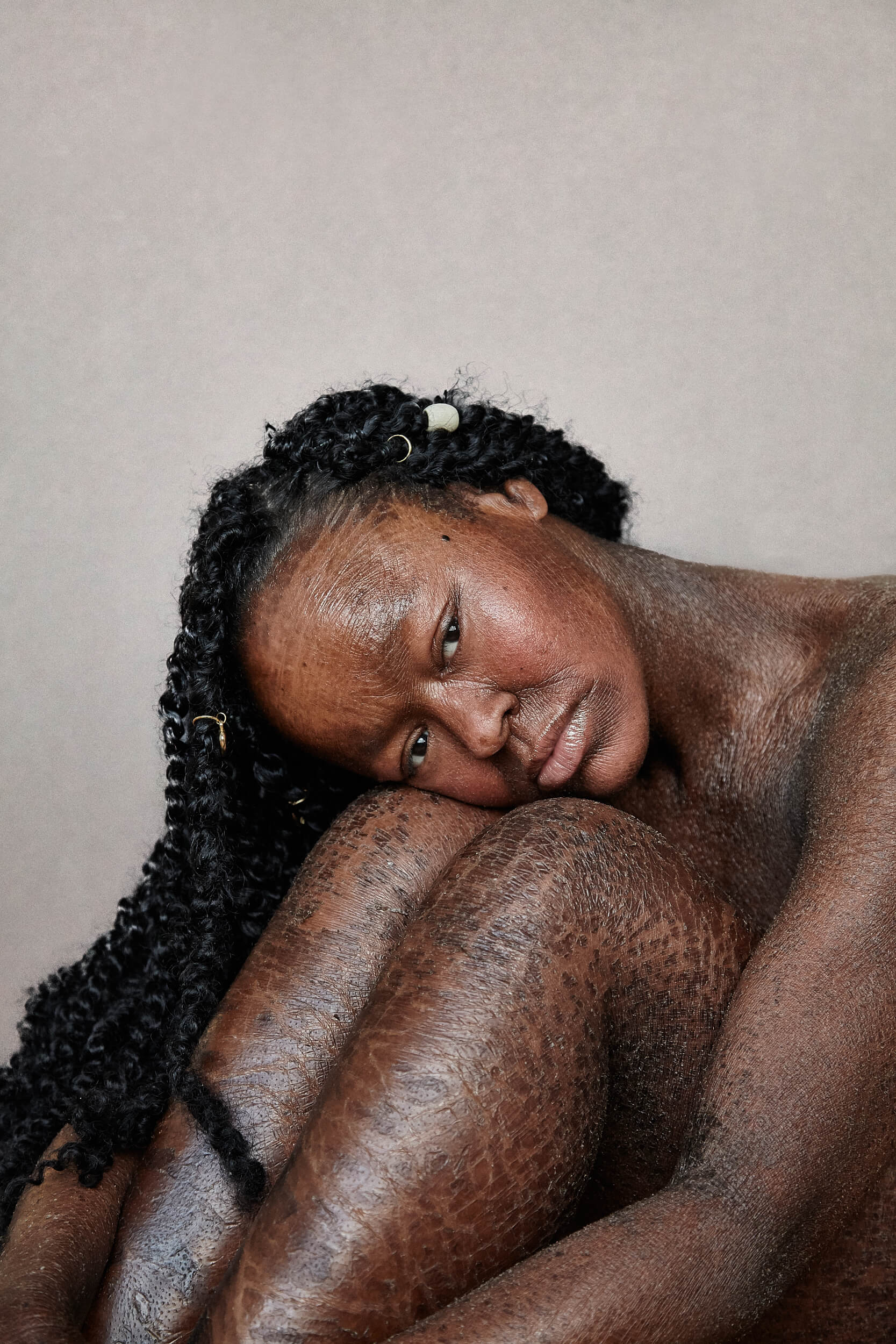
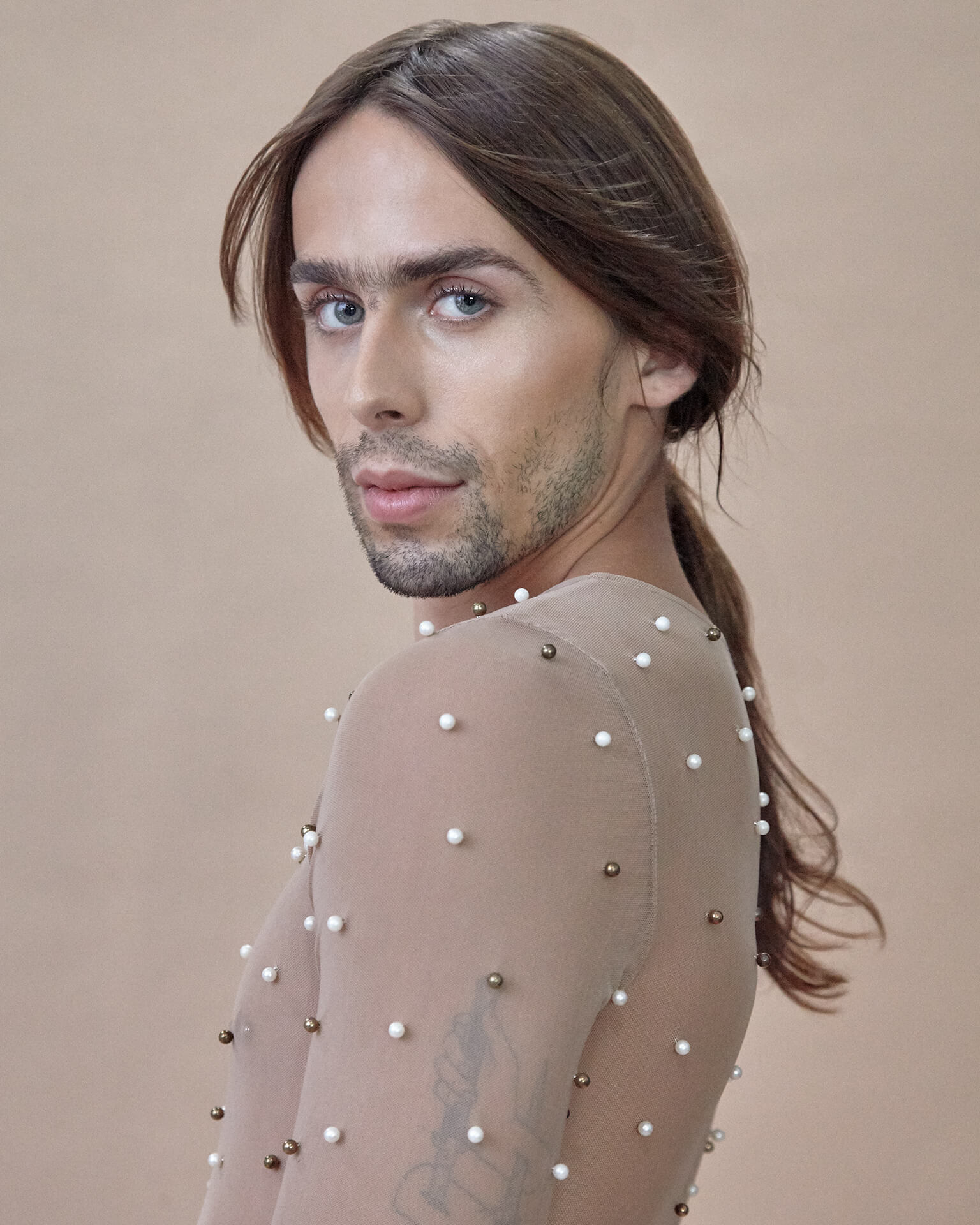
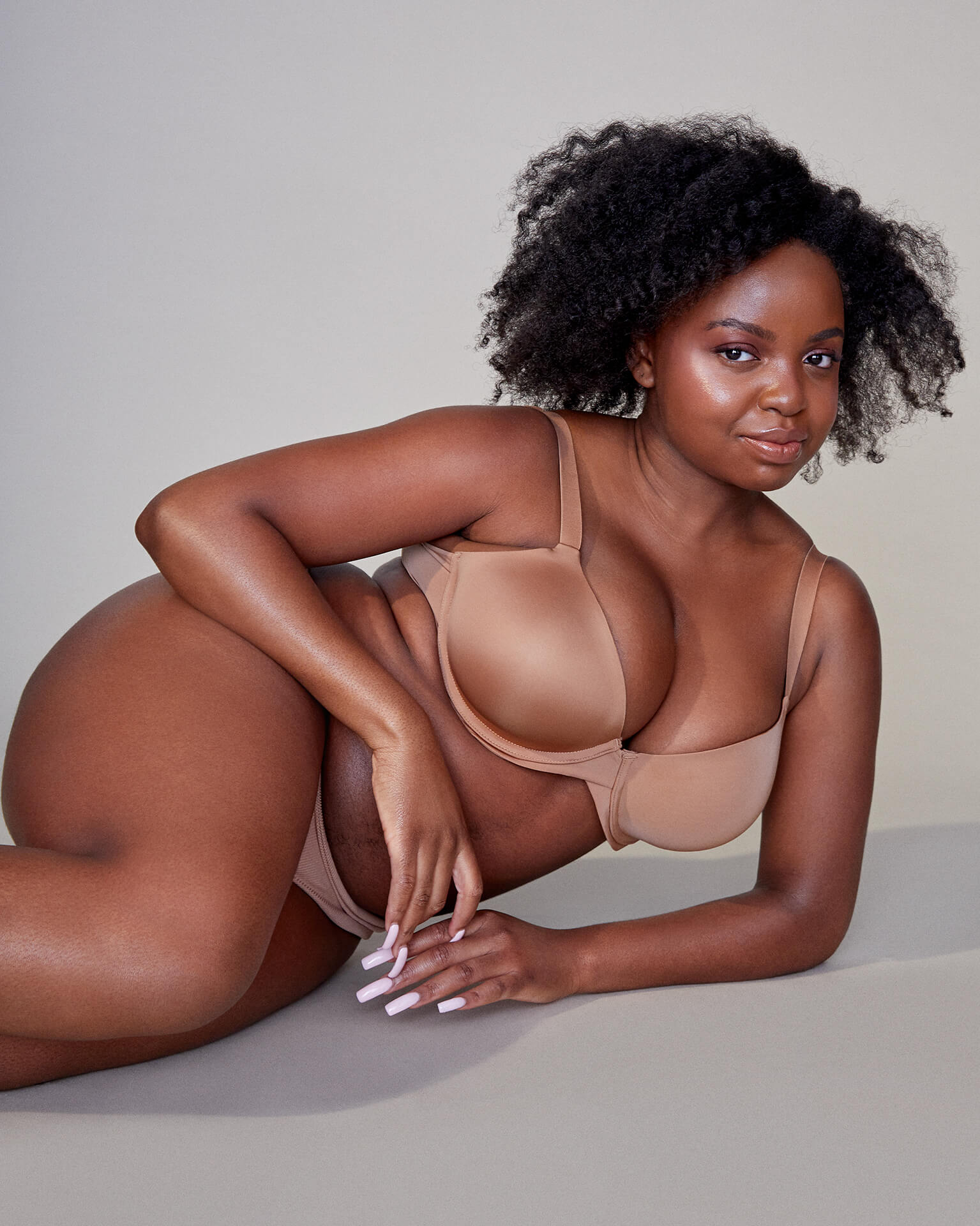
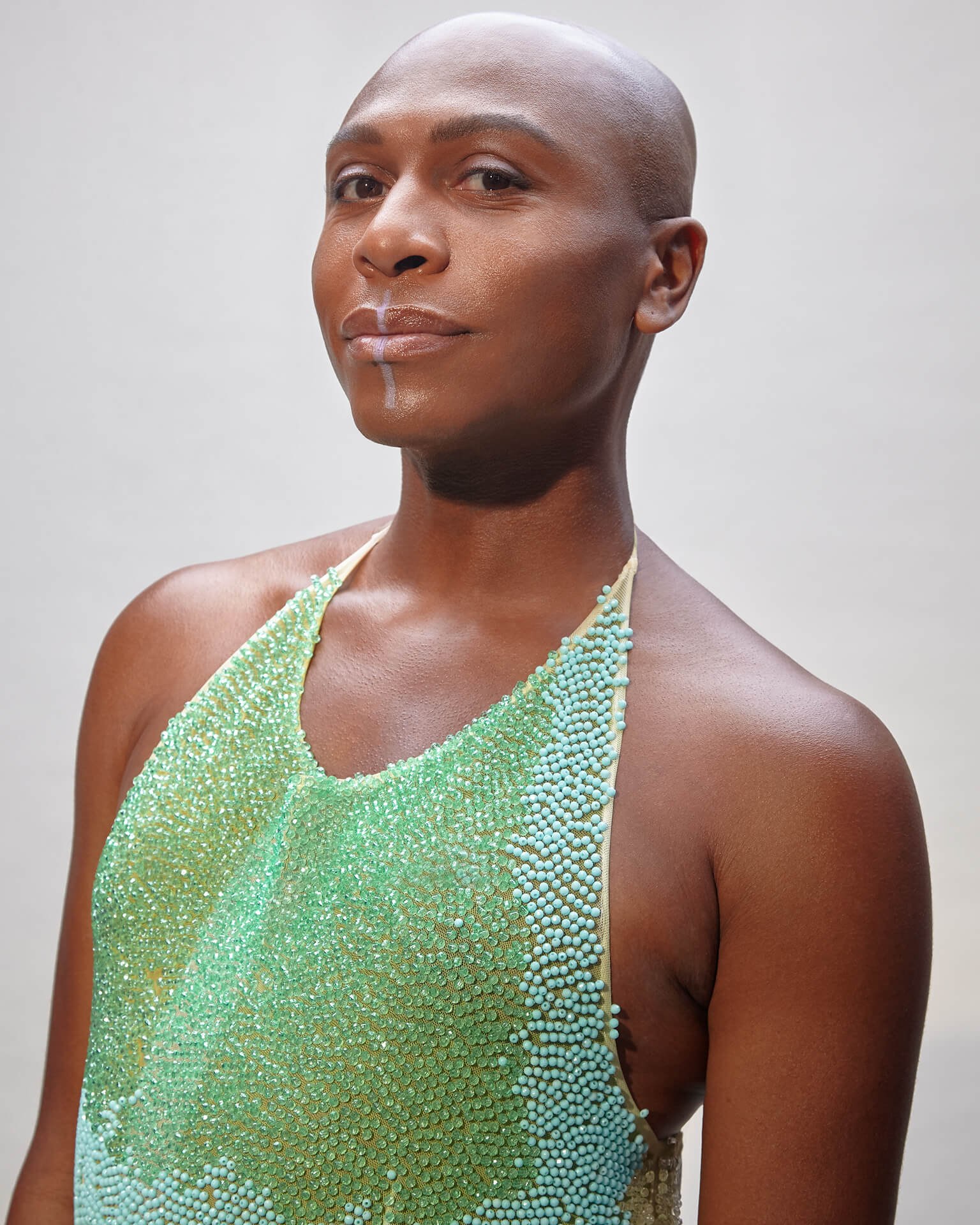
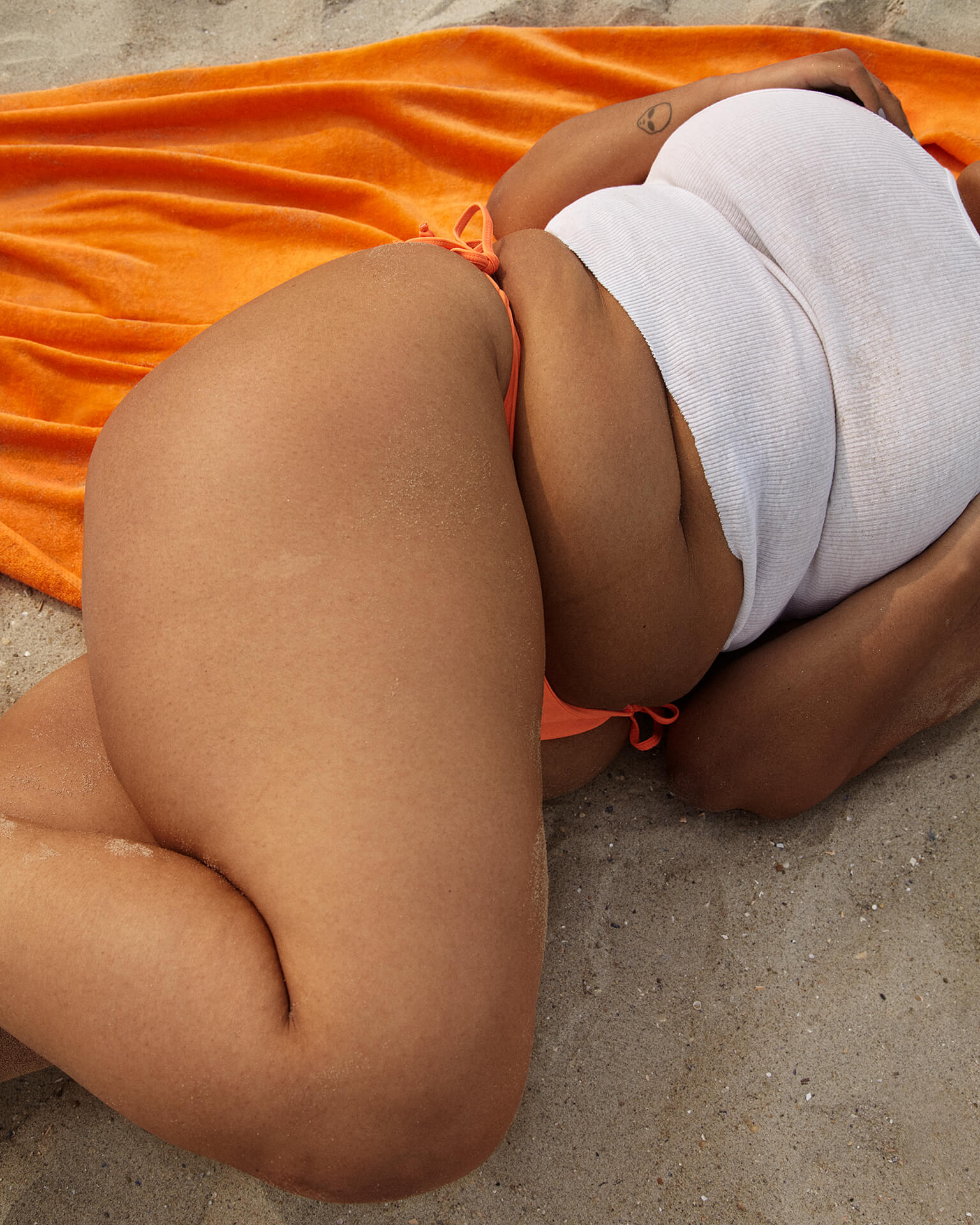
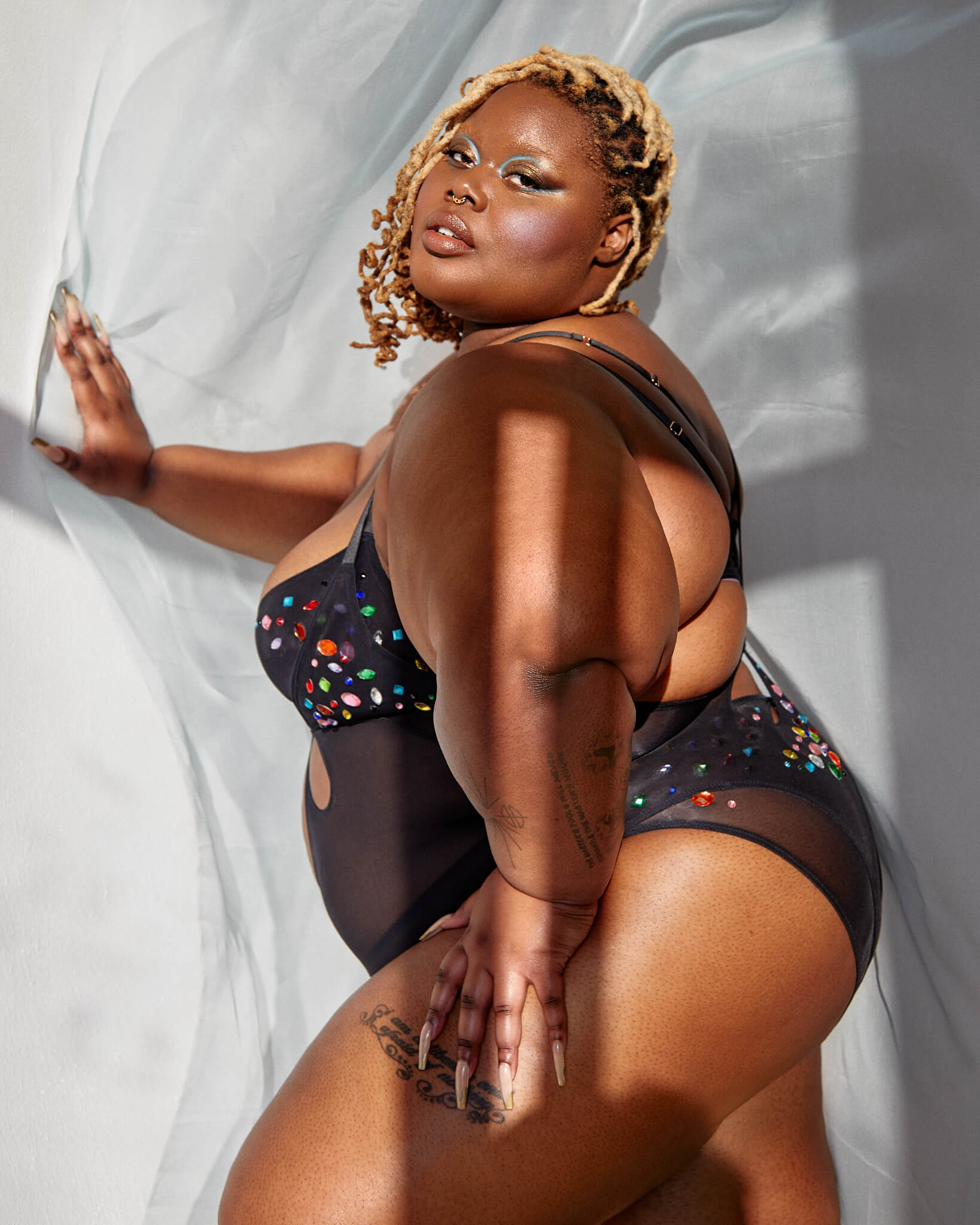
I’m working both with professional models and regular people. To build a trusting atmosphere, I’m trying to make myself as vulnerable as I can. I myself have modeled before, so I know exactly what it is to stand in their shoes. I like to give a lot of instructions because I am the one that can really see the best angle.
To build a trusting atmosphere, I’m trying to make myself as vulnerable as I can.
I also try to give my models emotional support while I’m instructing them about posing, reminding them to take a deep breath or telling them what kind of emotions I want them to tap into. I tell them to think of something lovely or bring softness to their eyes or think about somebody that makes them feel loving and warm — depending on which emotion I want them to perform.
I think letting people know that I understand how they probably feel helps them to relax and trust me and let go a little bit in front of the camera, especially for people that have not had a lot of experiences as models.
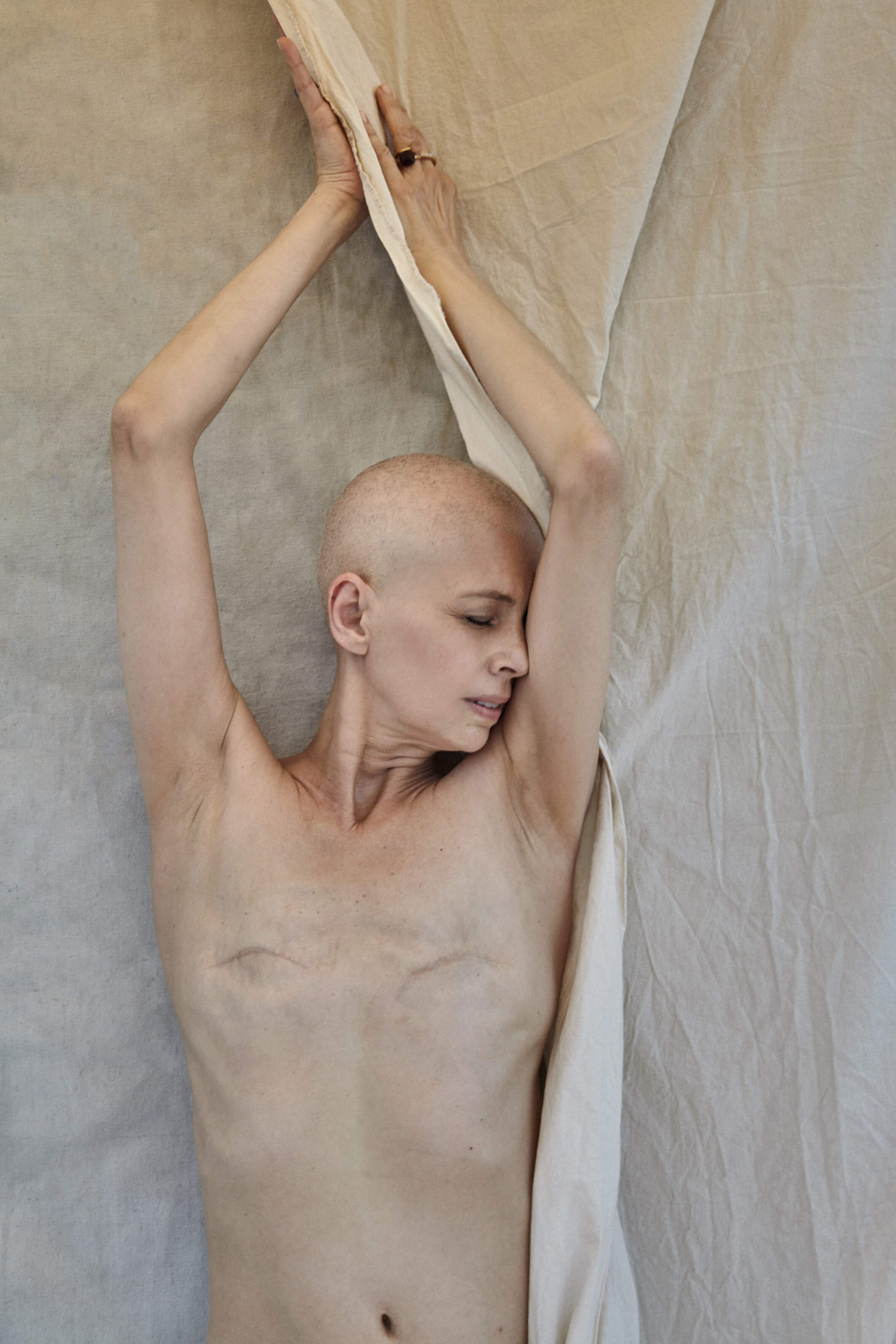
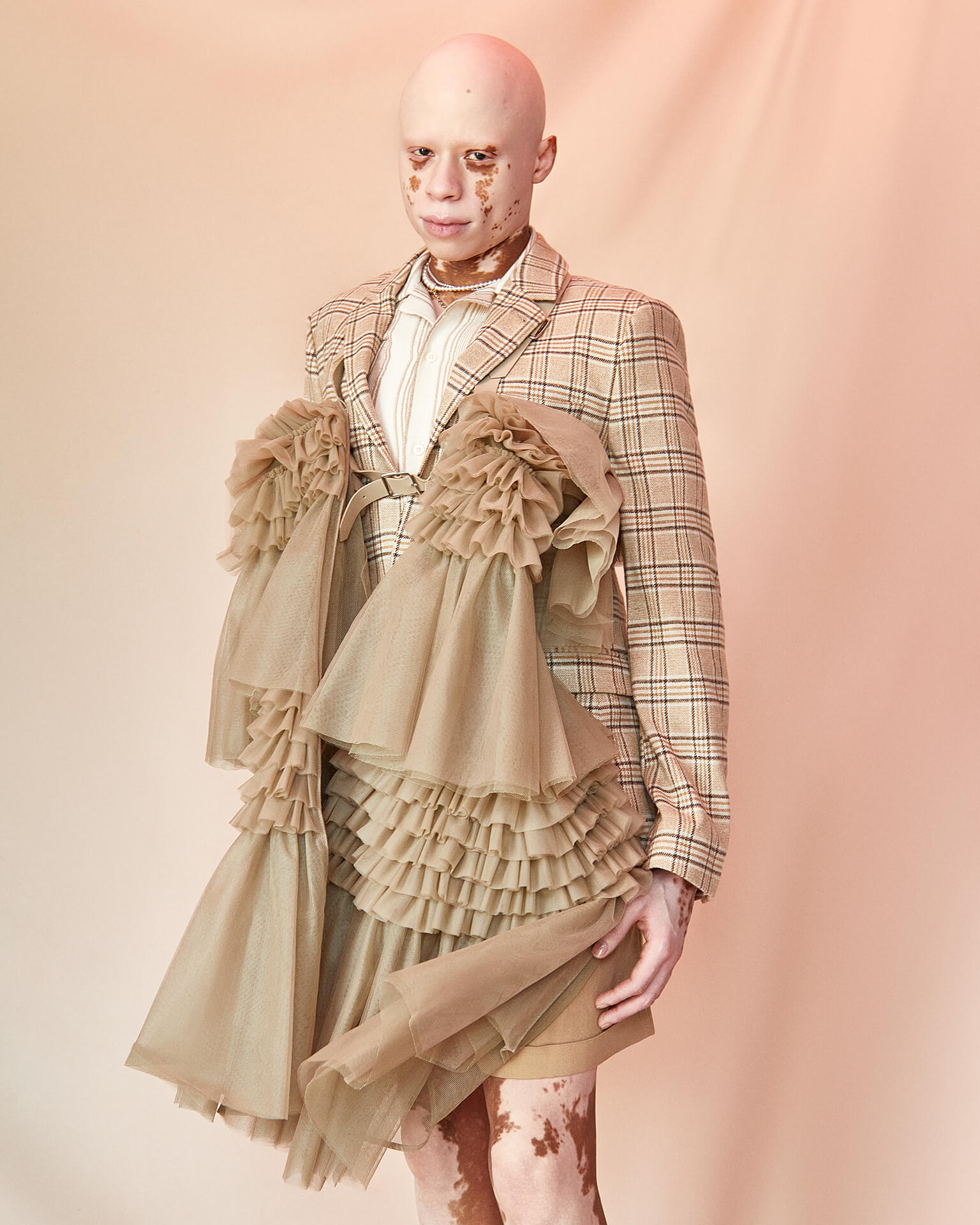
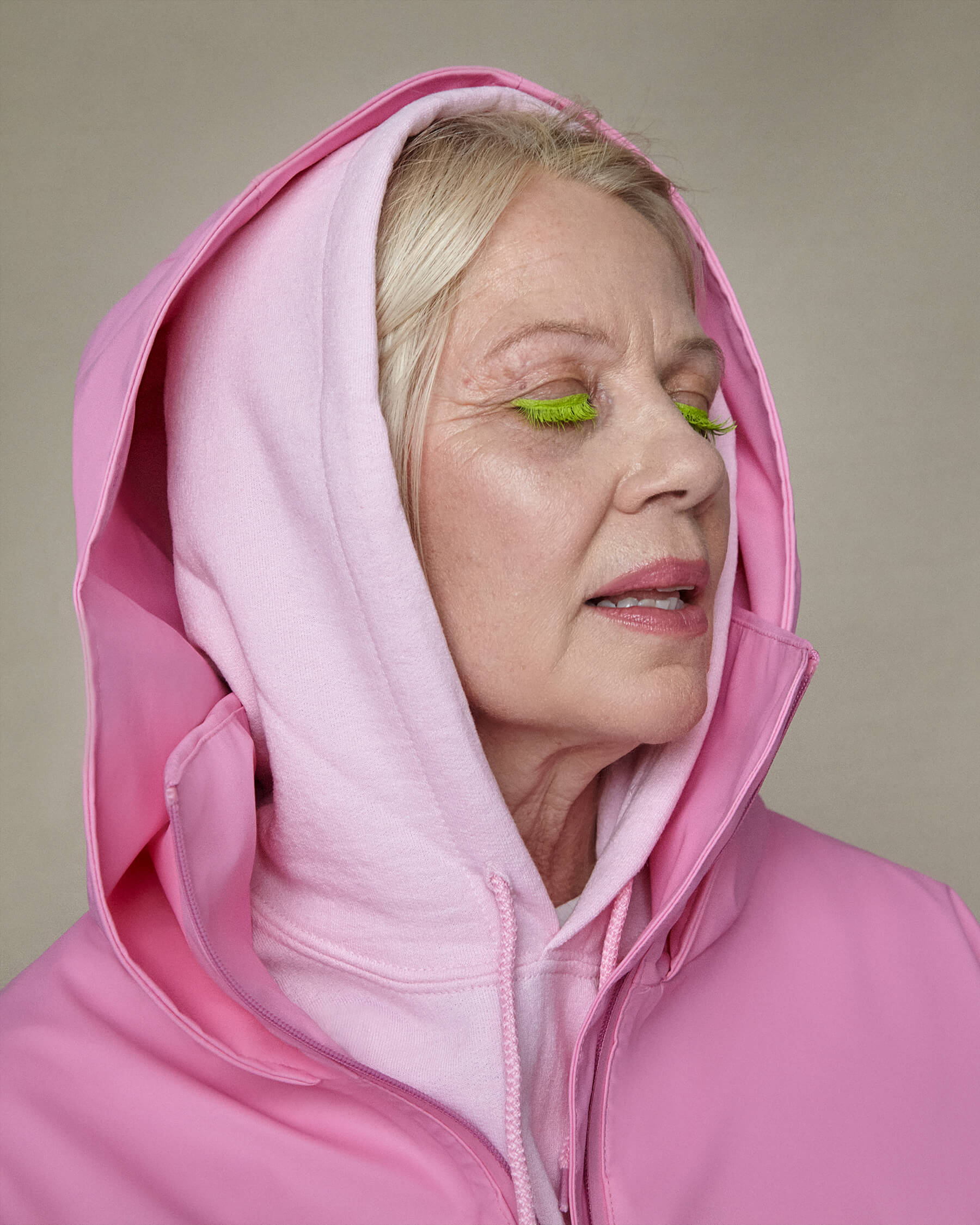
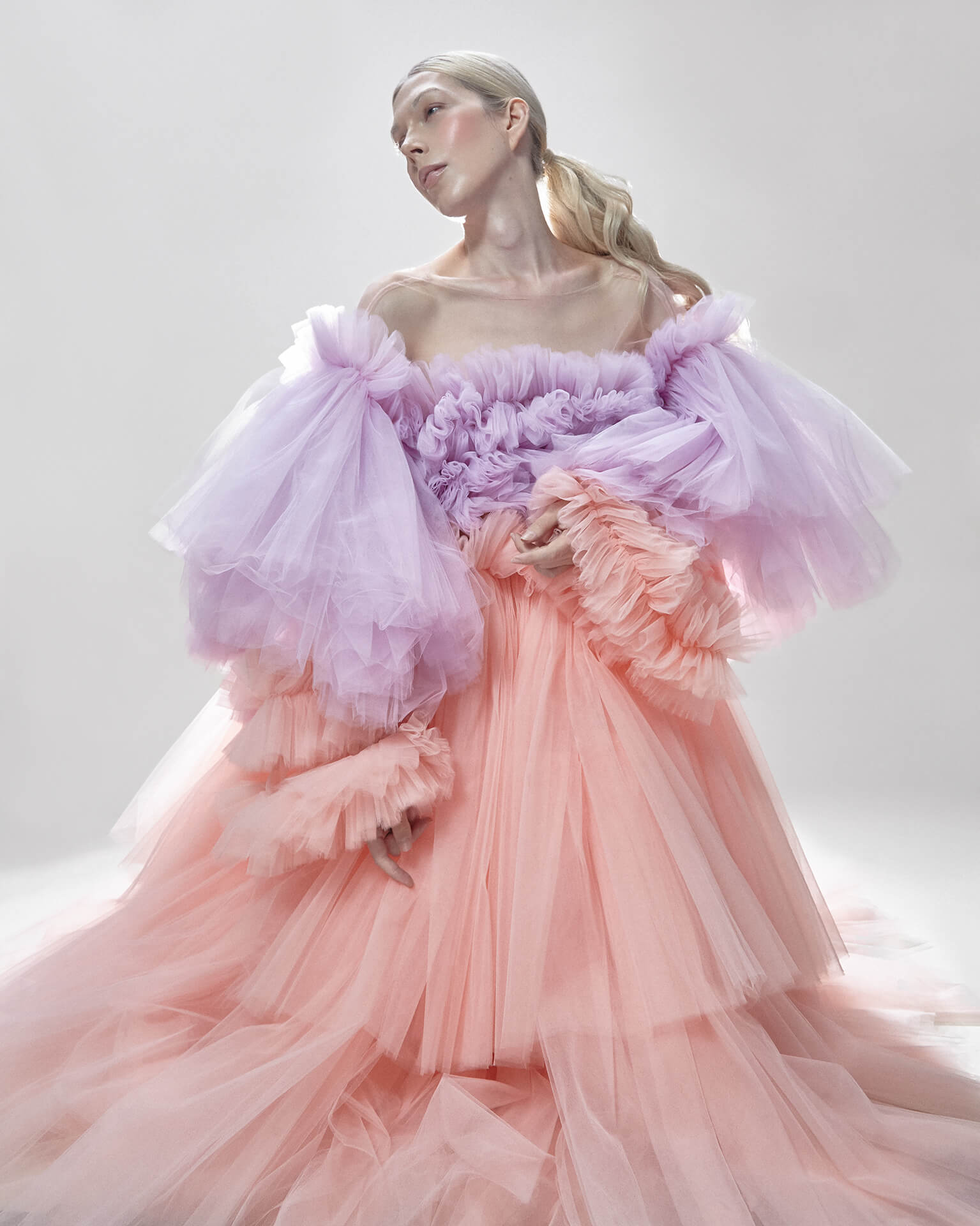
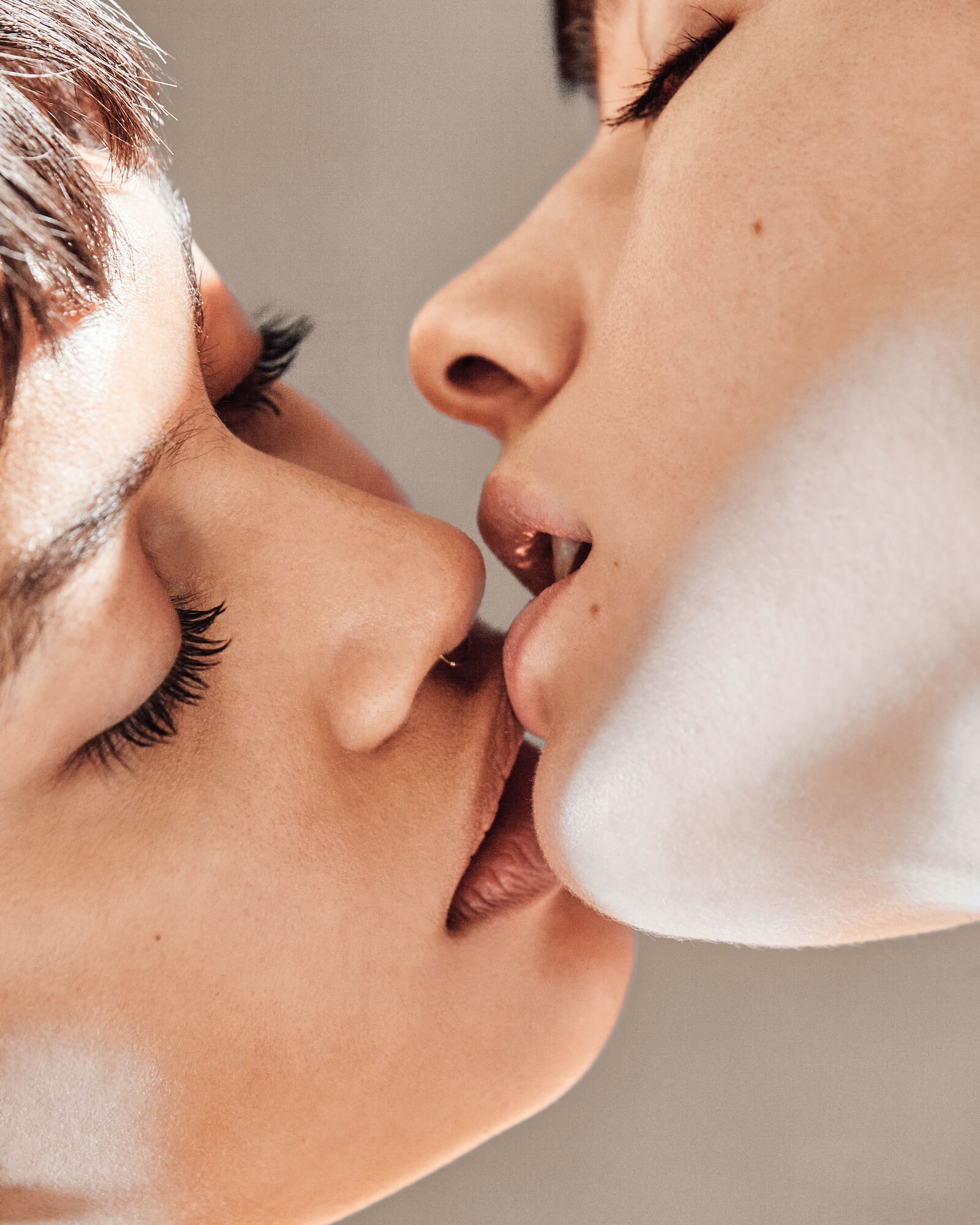
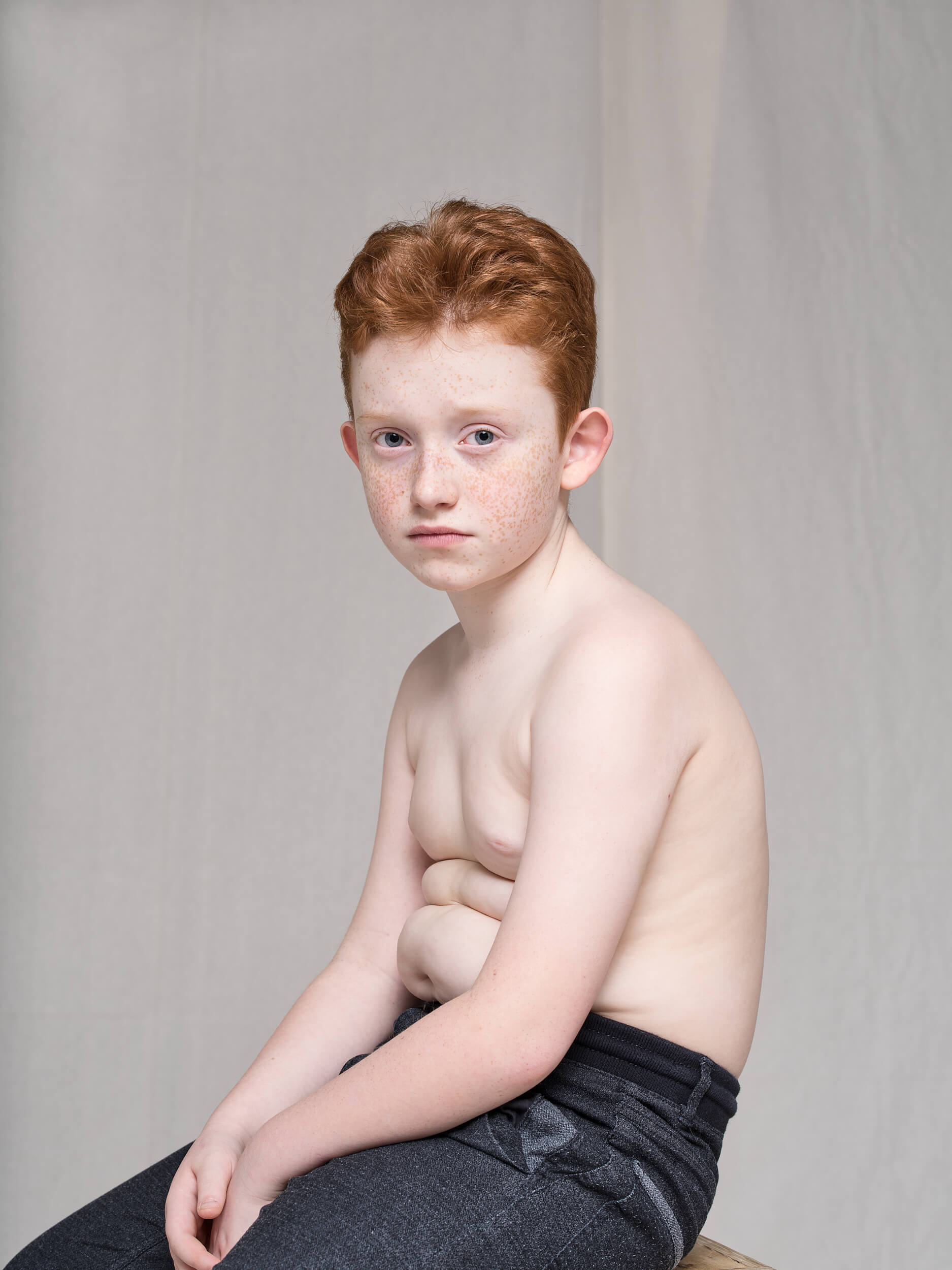
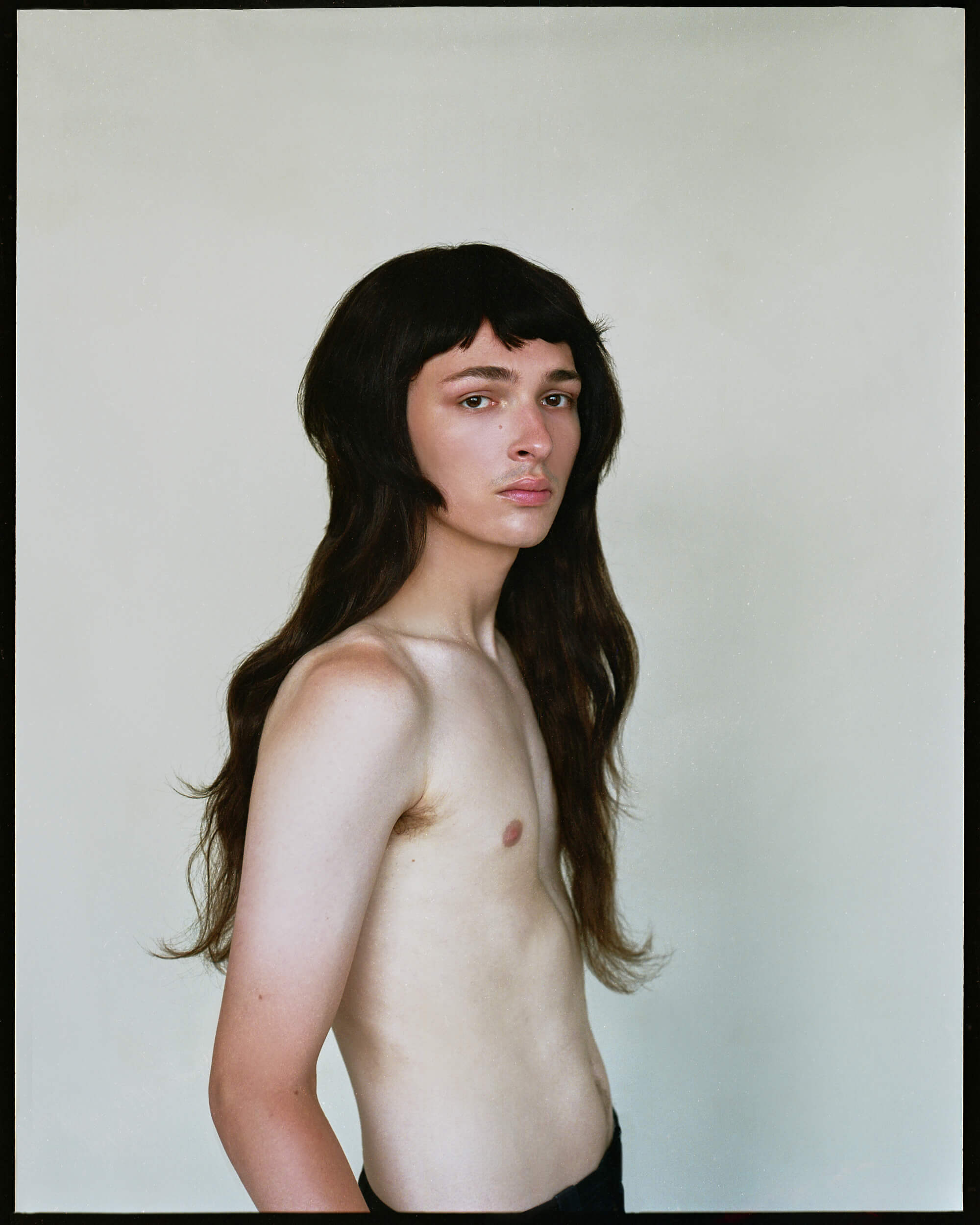
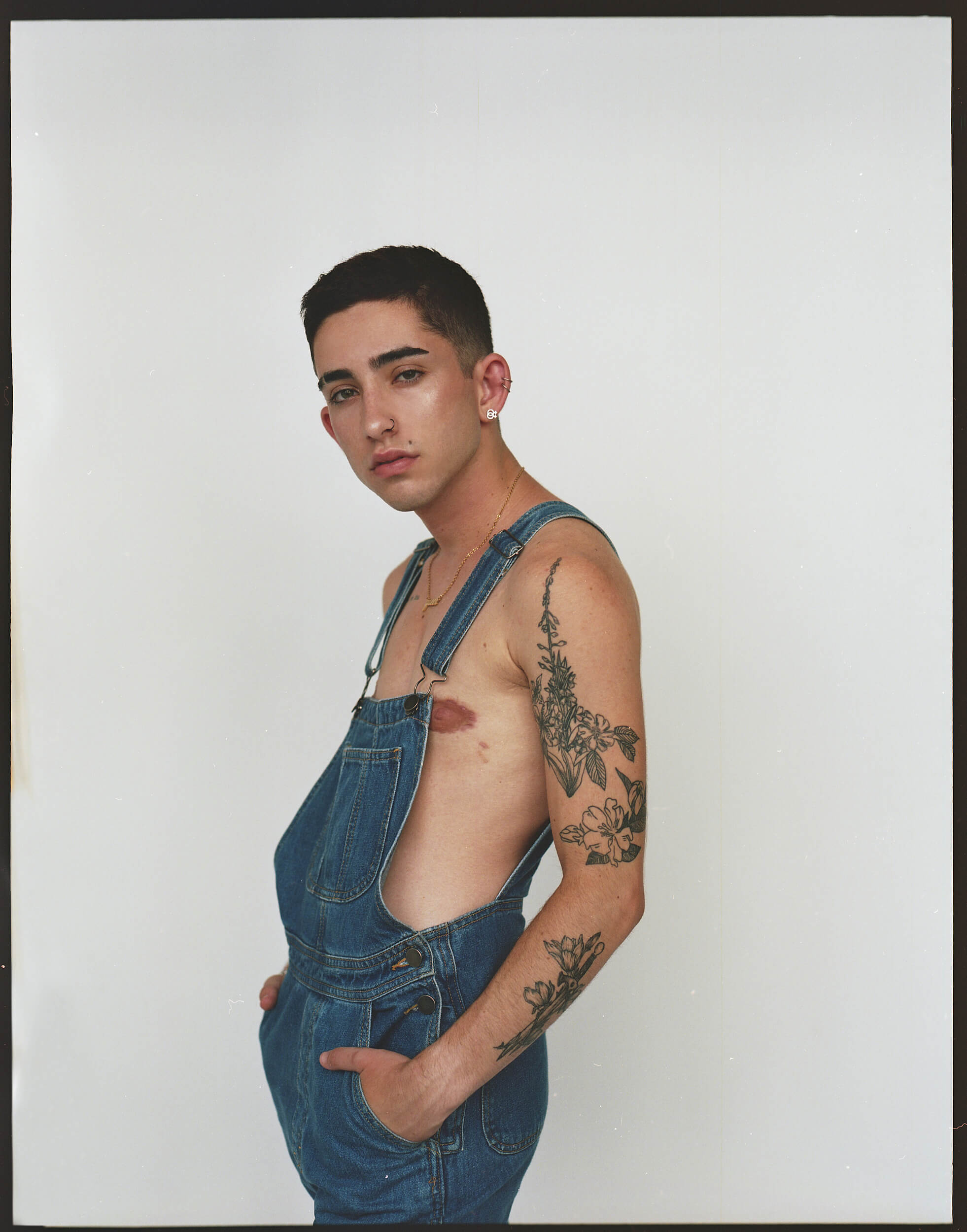
It is important for me to bring into the spotlight the heroes of my portraits because they belong in every facet of our industry. They belong in the fashion industry. They belong in the beauty campaigns. They belong on those large scale publications because they’ve been kept out for way too long. And giving people representation is also giving people of our society material for self-recognition, meaning that we consume so much commercial imagery and seeing people in that reflect our own identities back to us is very healing, and it’s what every person deserves.
Giving people representation is also giving people of our society material for self-recognition.
I’ve had some models whose careers have really been, I think, fast tracked through the visibility of some of my images and that I find super encouraging because it’s like an immediate feedback loop of the impact that we’re making. And besides that, I think seeing discussions spark that are coming from all different directions of points of view and world views, that was also a moment where I realized like, wow, these images are really a catalyst for contrast and conversation. And the first couple of times that some of my images went viral was the first time that I got feedback, not just from within the art community, but especially from people outside of it as well. And maybe some people that perceived it from a completely different worldview as a lot of people that are in my personal circles.
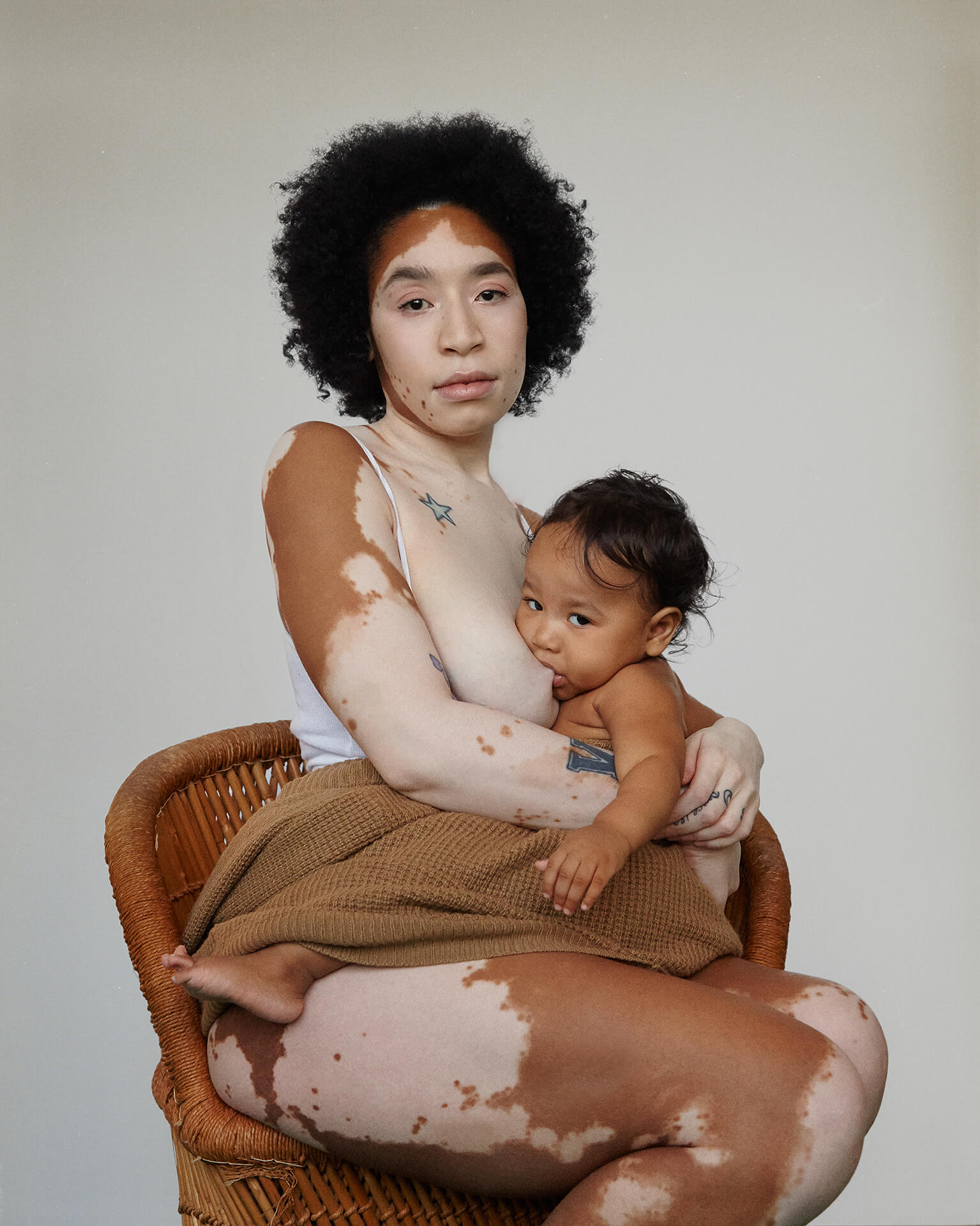
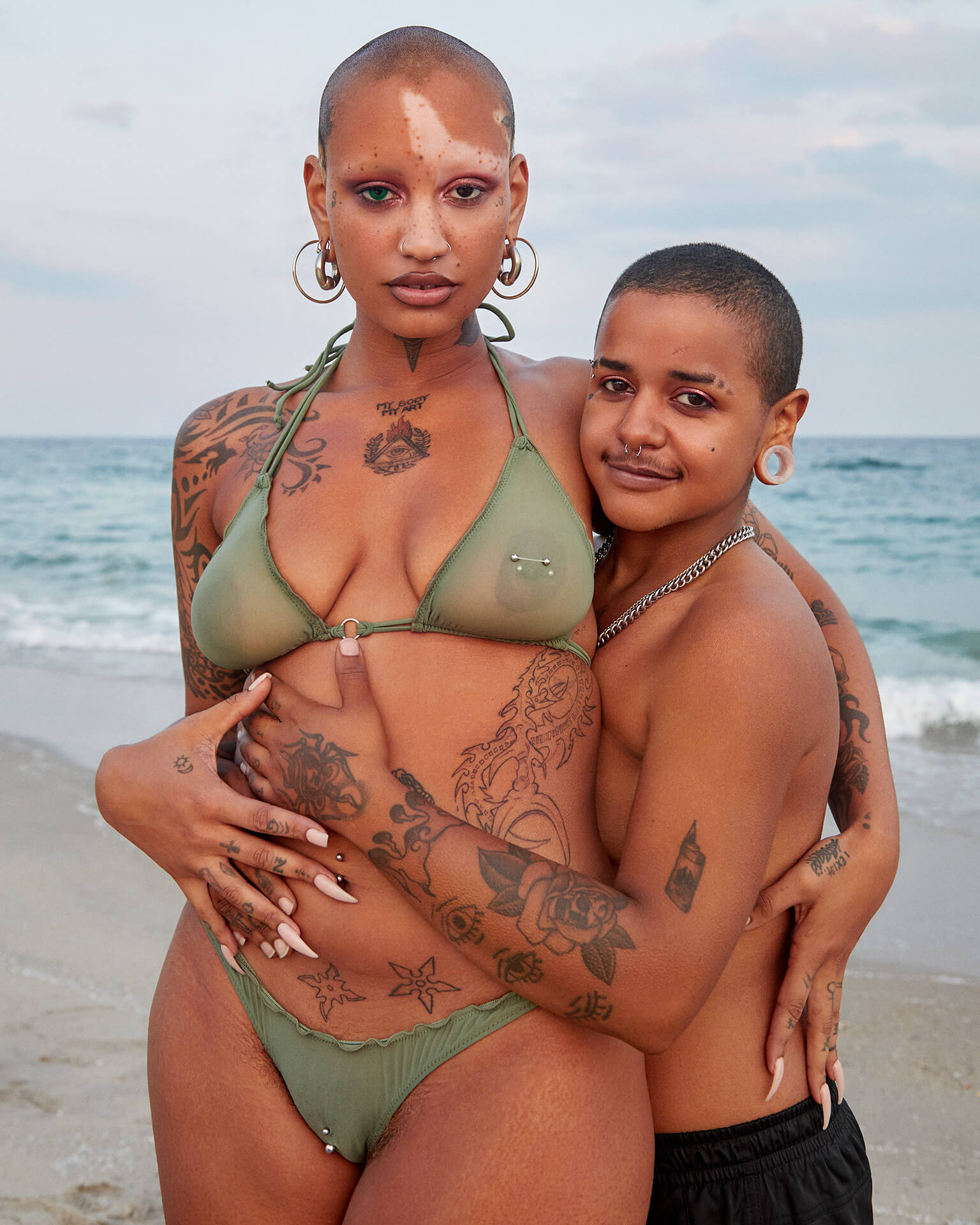
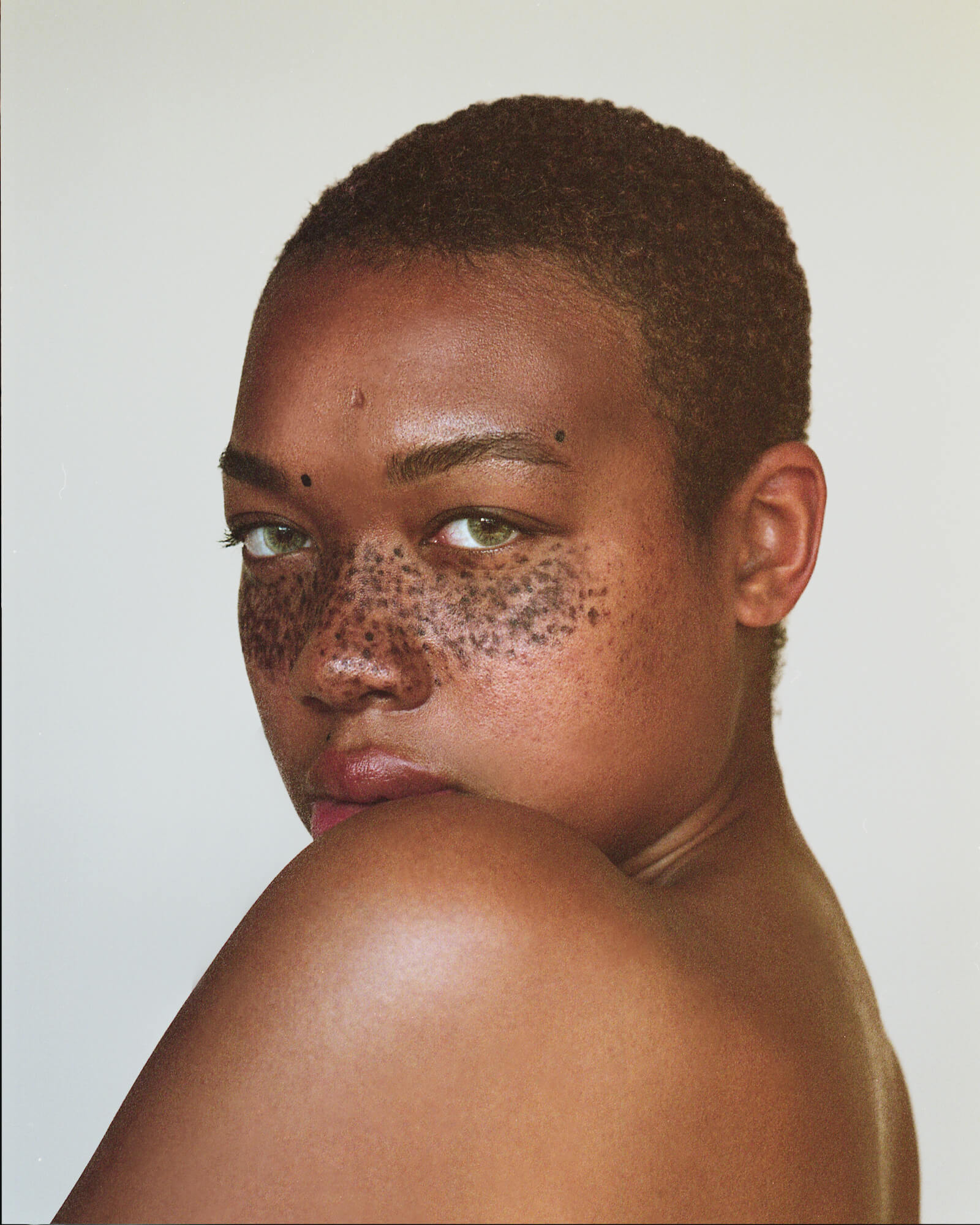
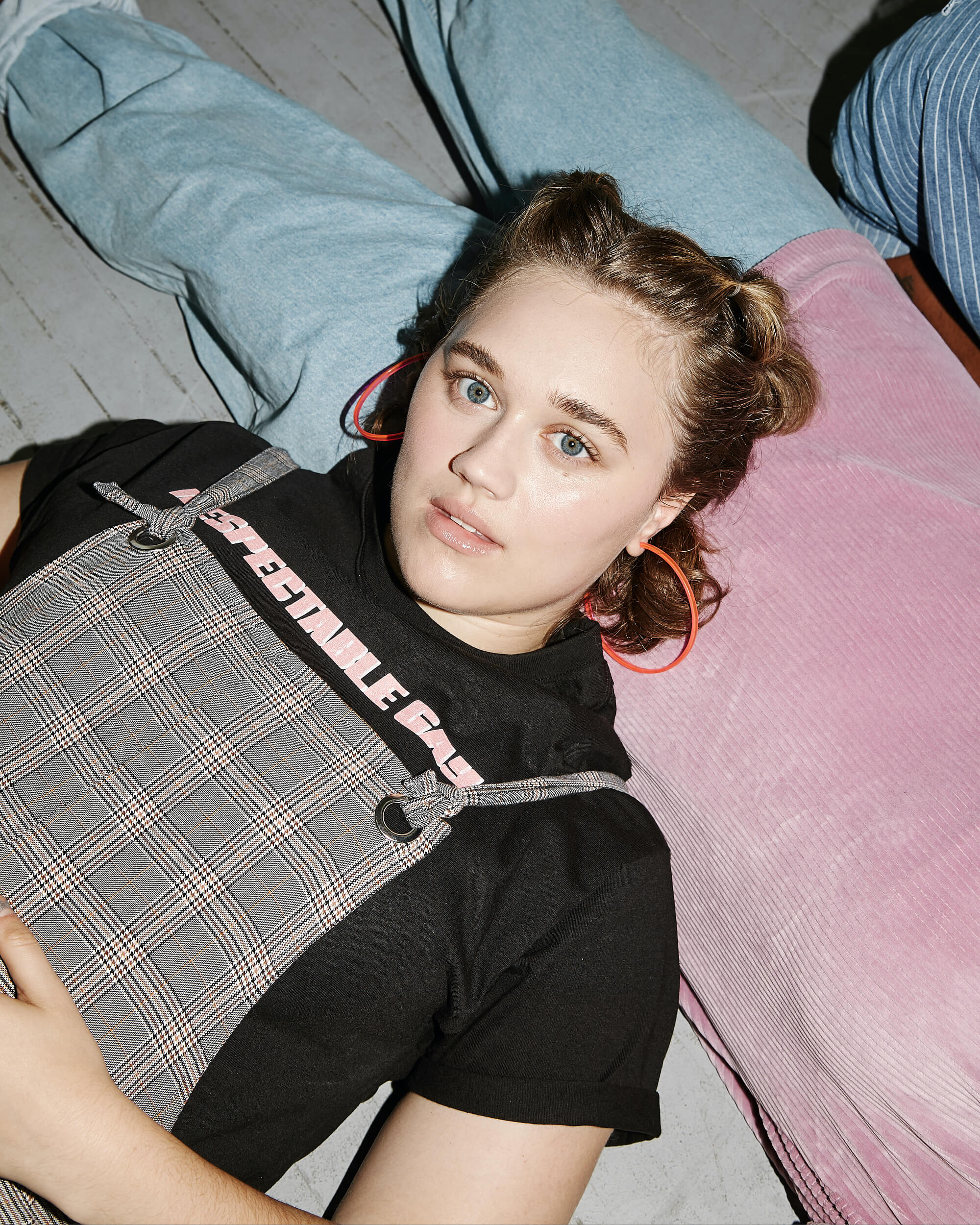
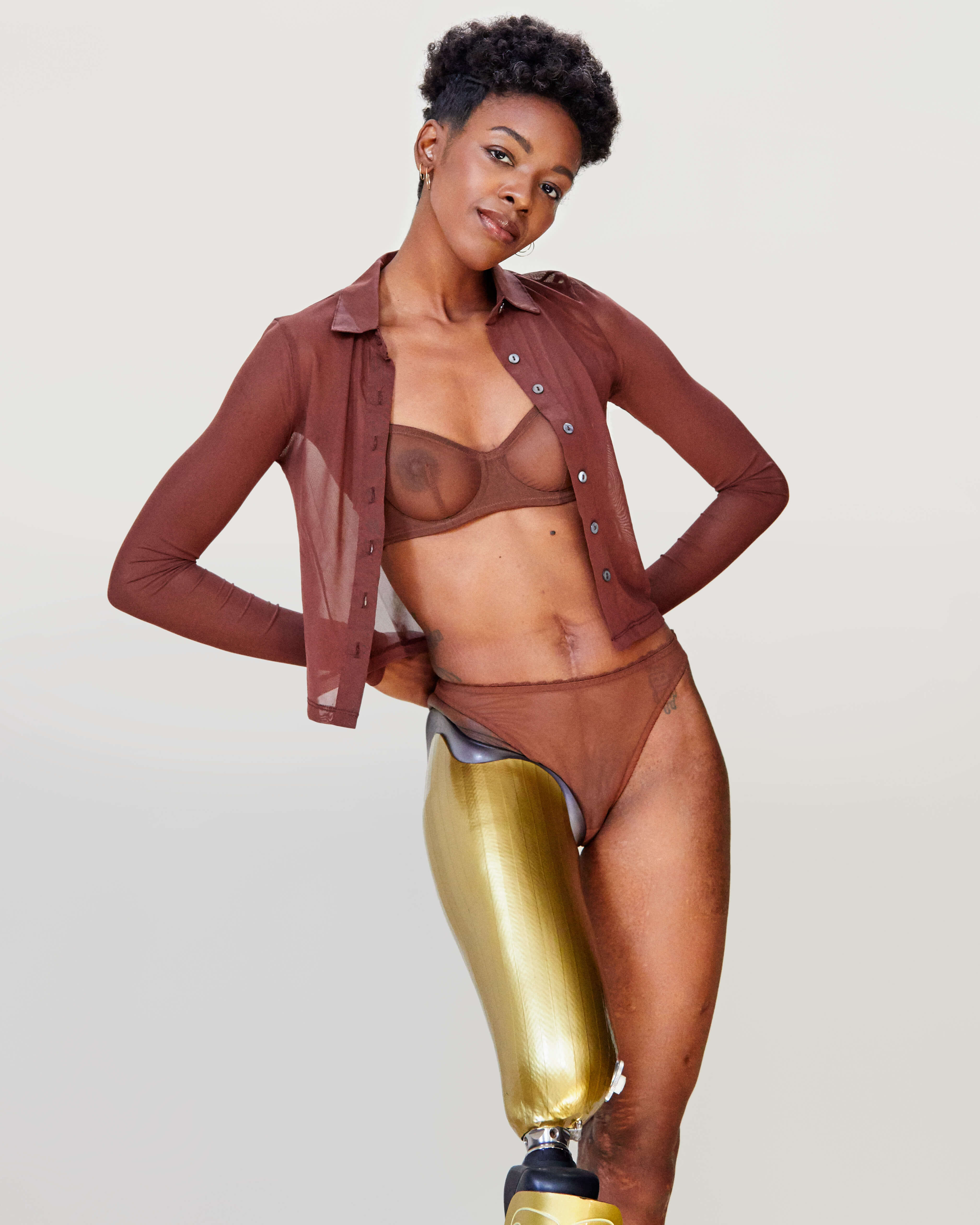
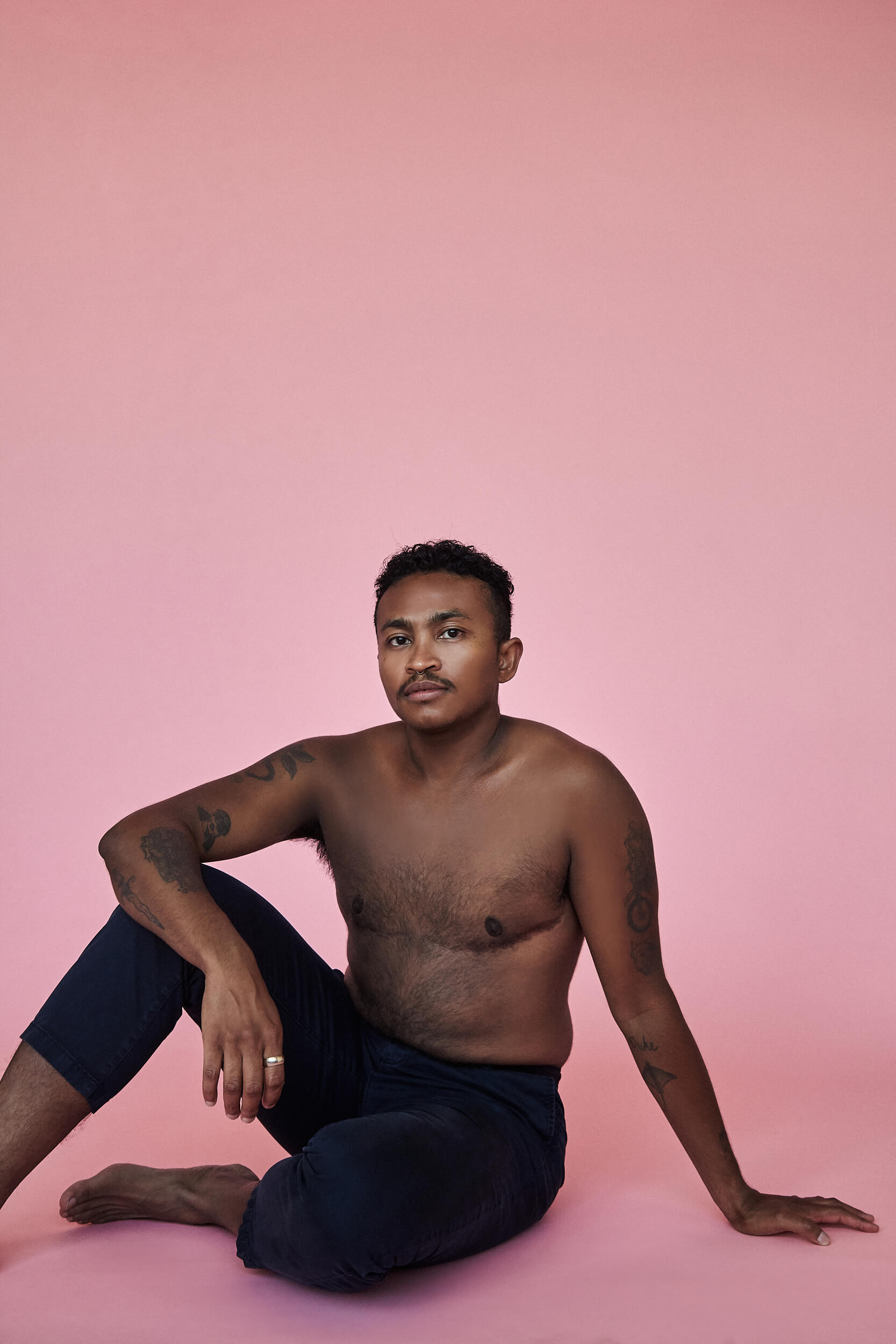
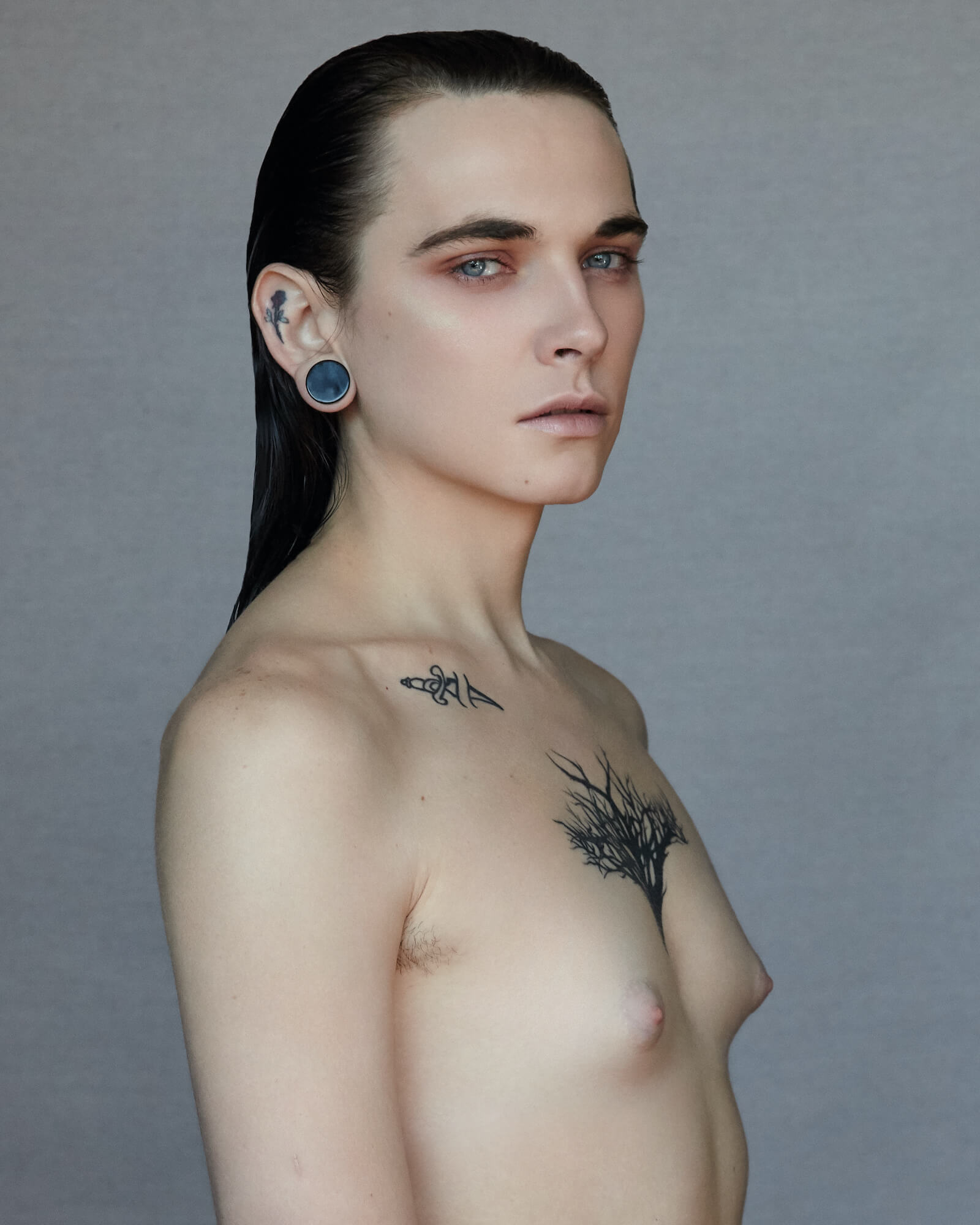
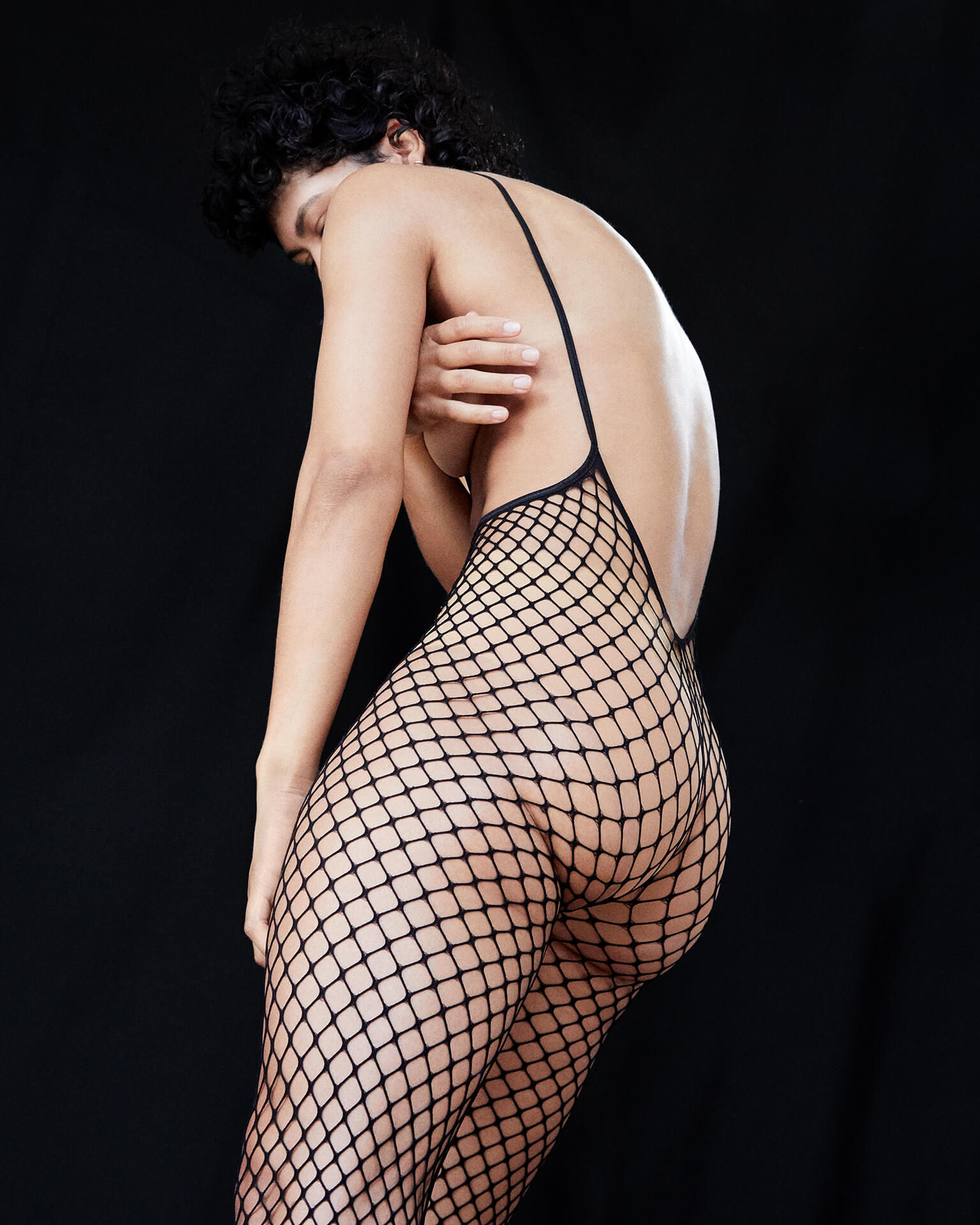
I think Kalia Shore is somebody that I’ve looked up to for a long time because I think they’re very unapologetic about their approach and the rawness and the honesty within which they’ve photographed and portrayed a lot of the facets in our community.
Cooking is something that I really enjoy and being in nature and sometimes even just not consuming art in that sense, but more stripping it away in order to kind of create a blank canvas for my own inspiration to bubble back up. I love museums too and I love movies, especially the ones that are creatively conceptual.
Books have a huge impact on me as well as photography. Creating the book with my own works is definitely in the back of my mind, but I think I’m saving that for a little bit further down the road when I feel the conversation that I’m having within my body of work is more streamlined or when my archive is so expansive that I can pick different red threads to talk about or showcase in a book.
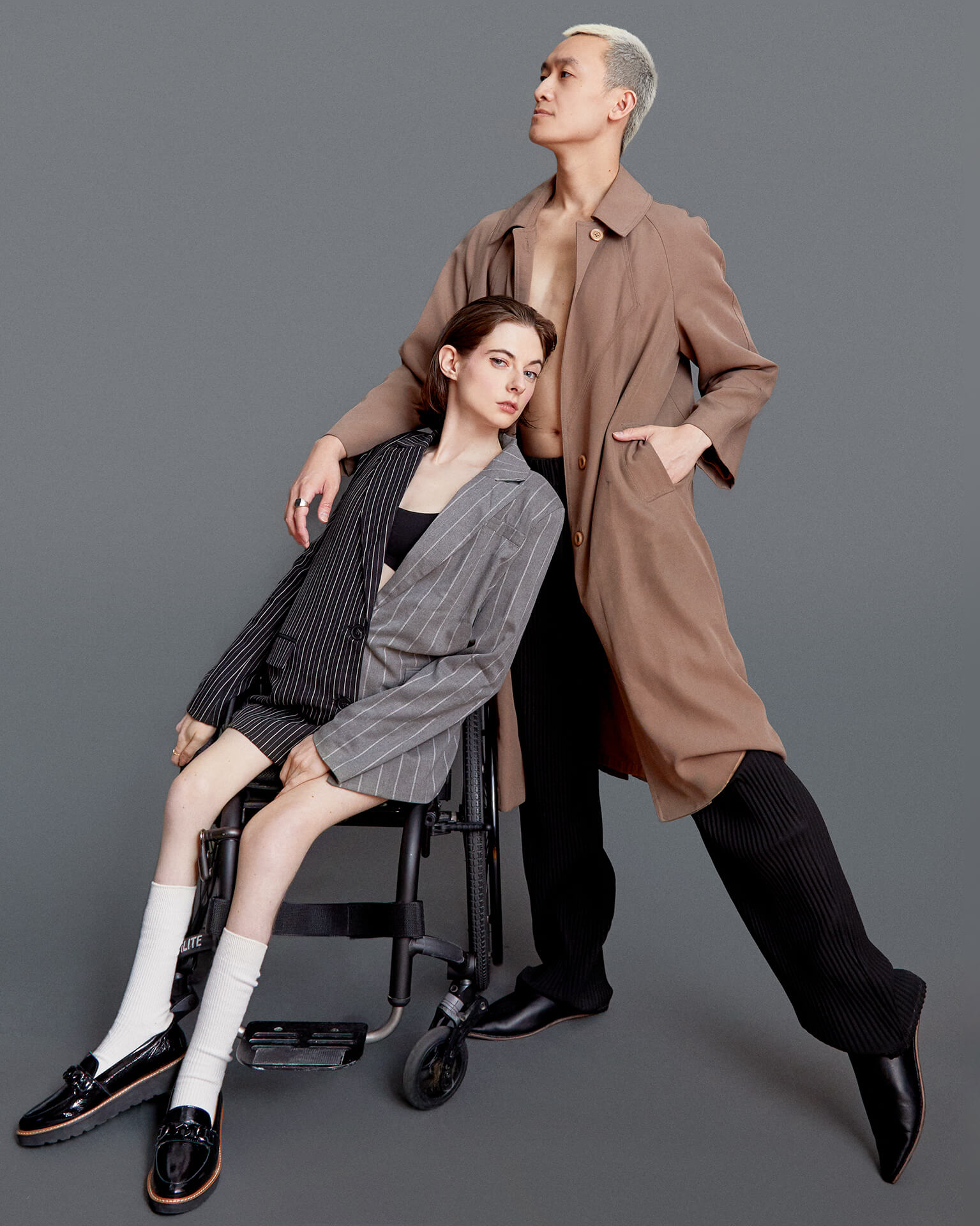
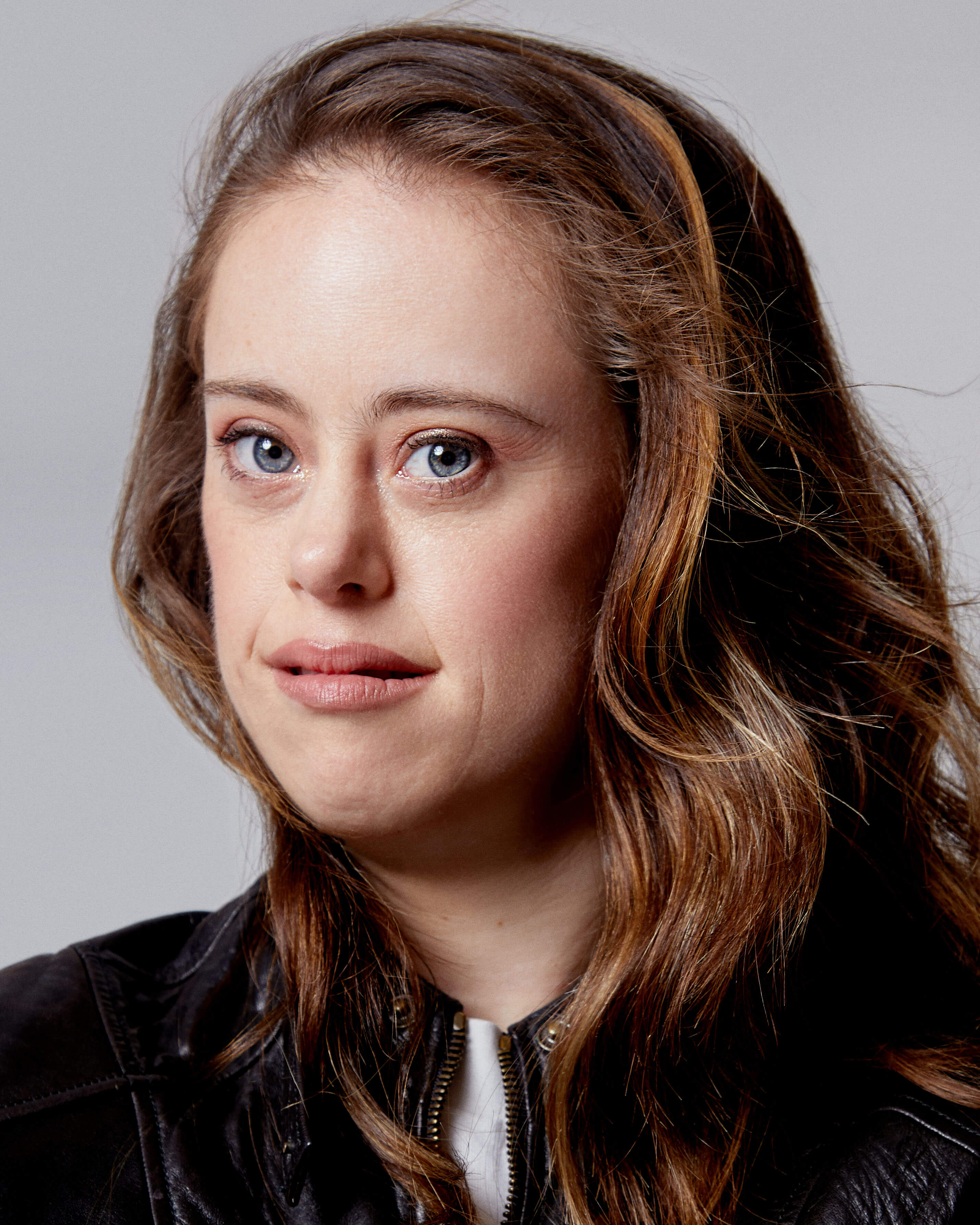
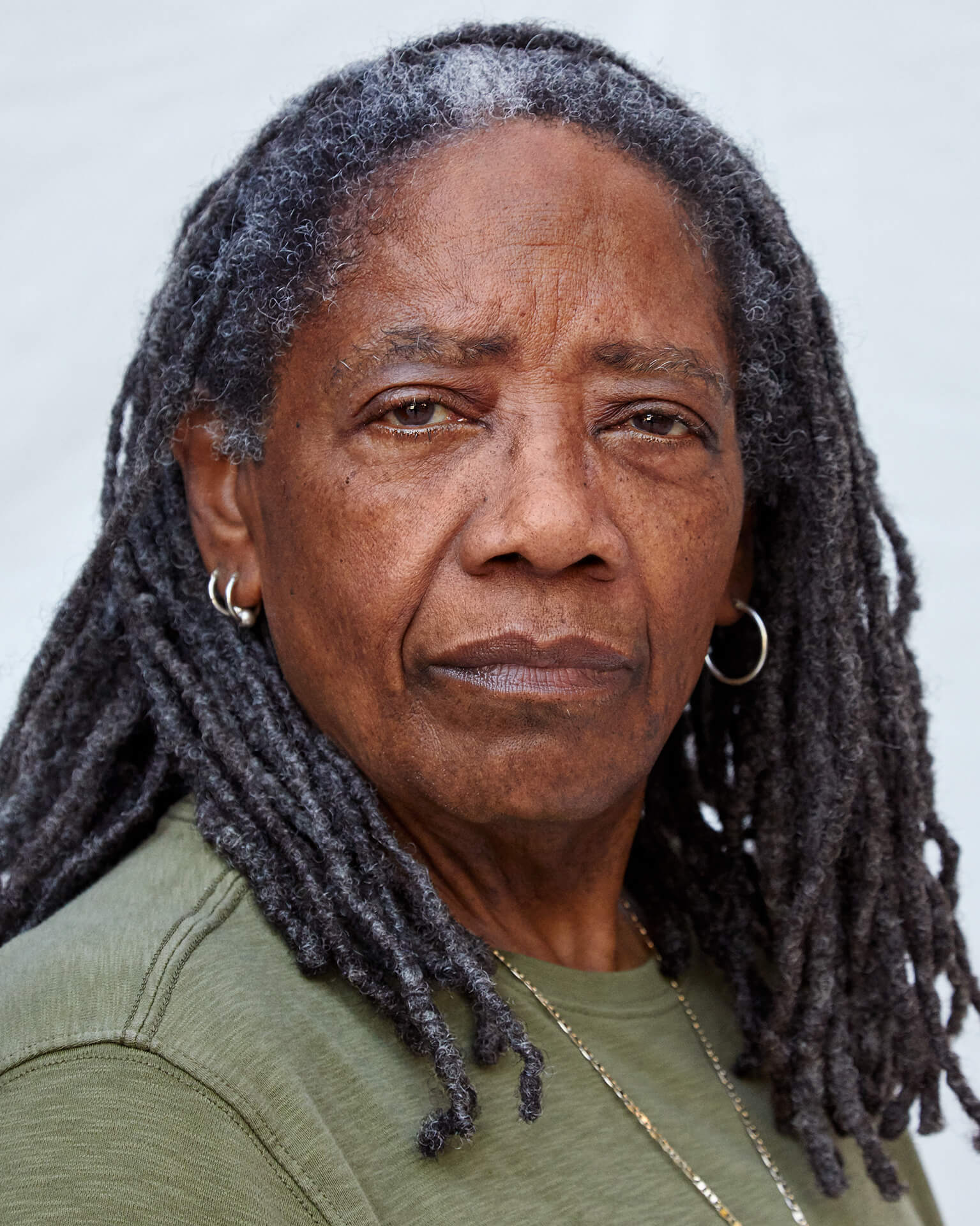
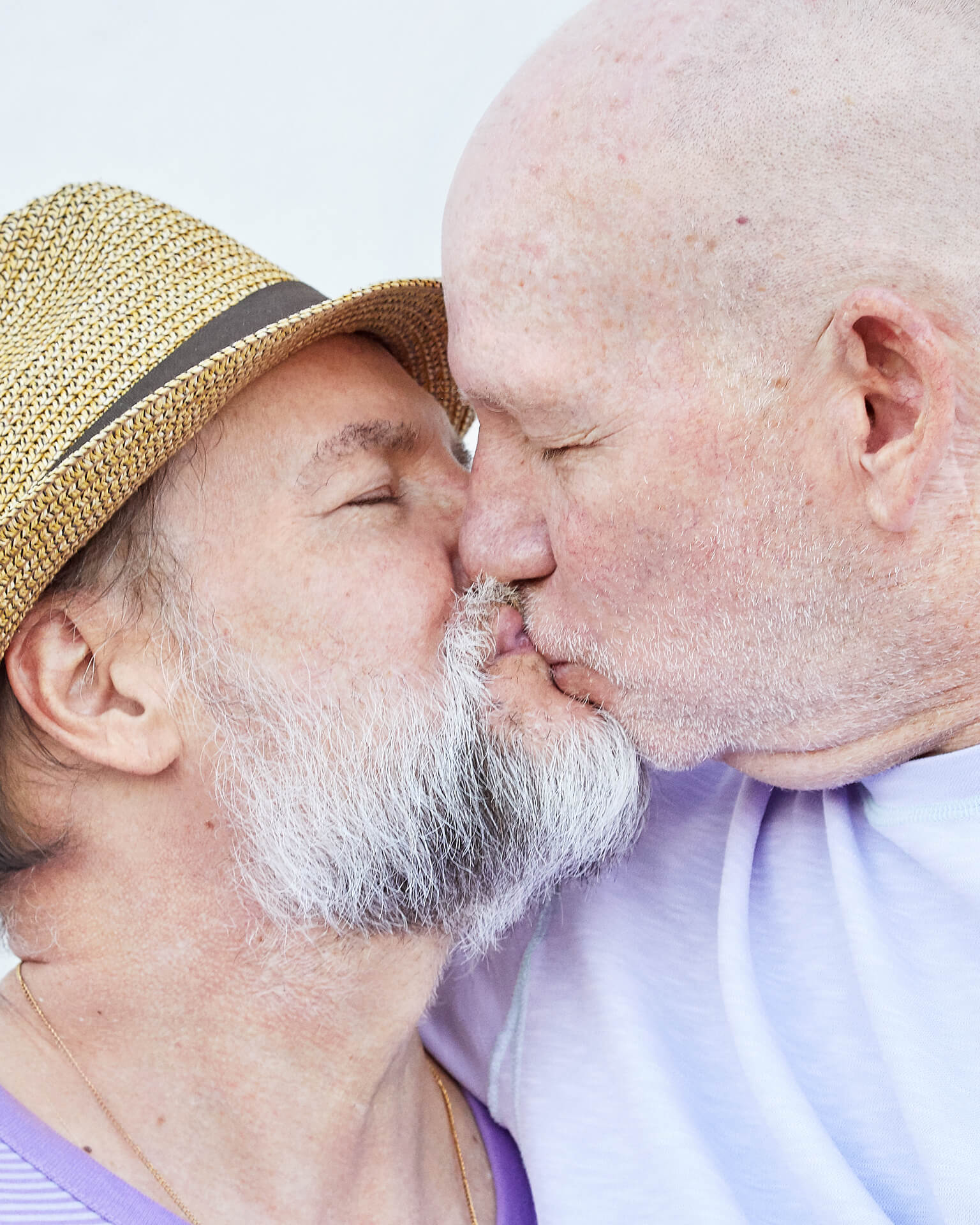
New and best
